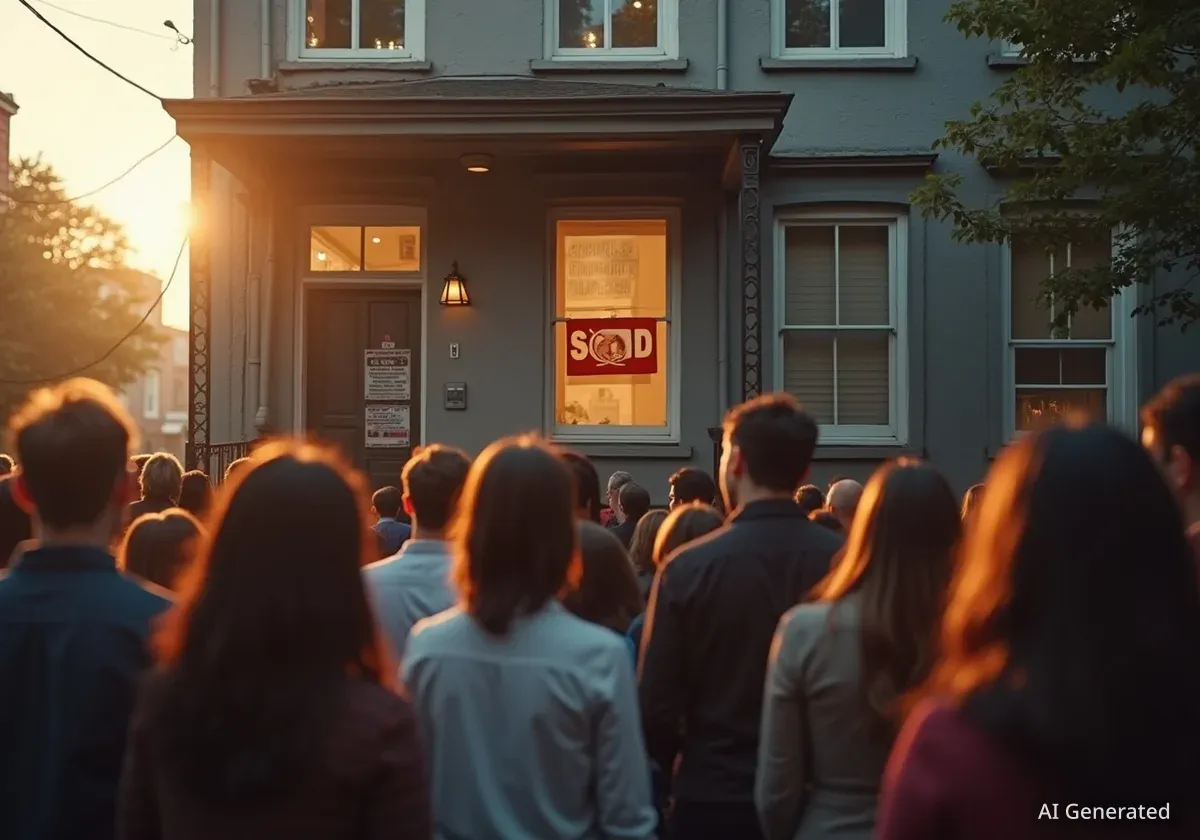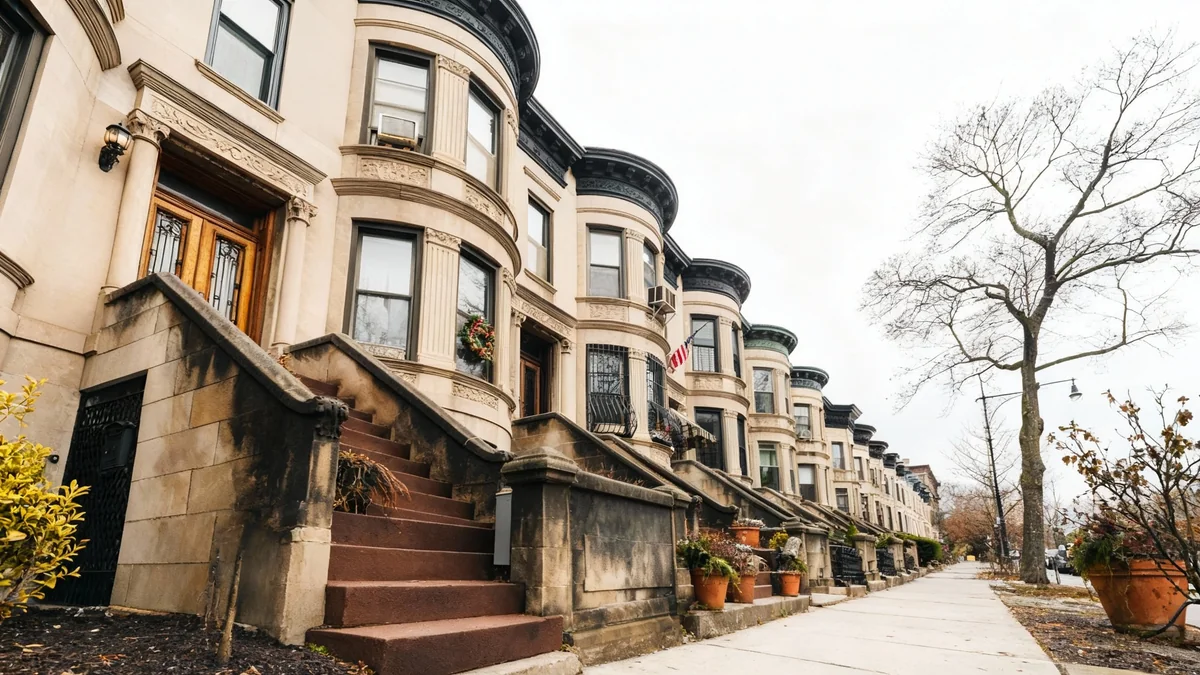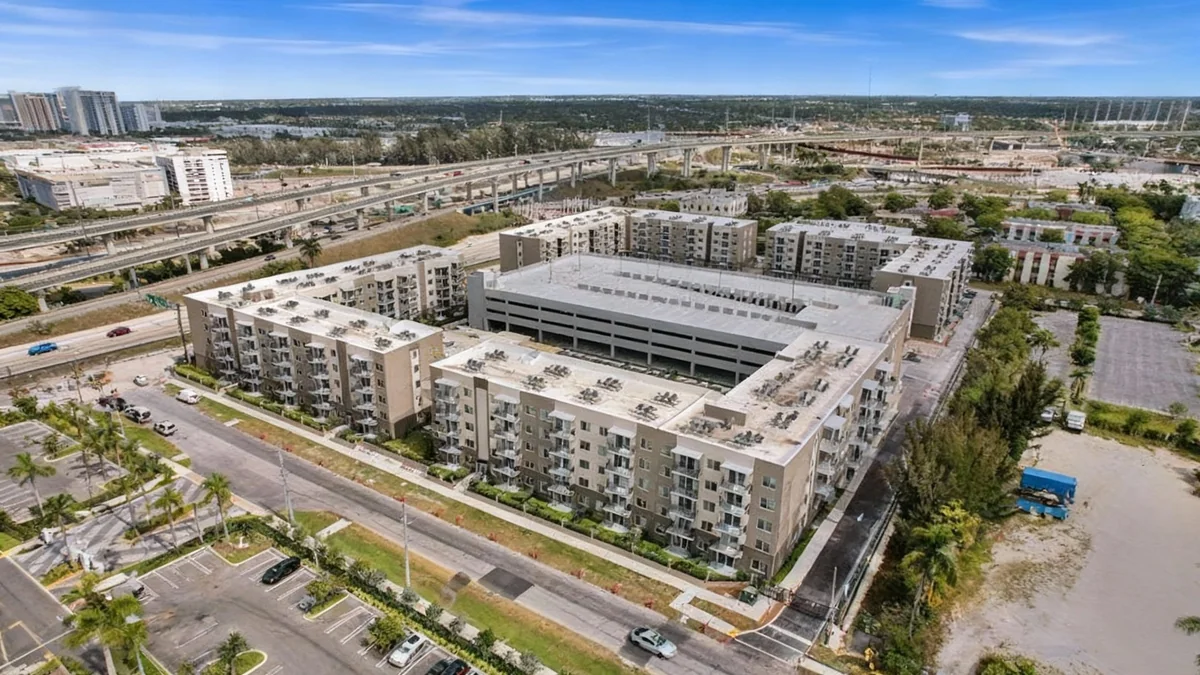A federal law passed in 2012 is enabling a new form of real estate investment, allowing local residents to collectively purchase and manage properties in their own neighborhoods. This model, known as crowdfunded real estate, is helping communities secure affordable housing, preserve cultural landmarks, and build local wealth.
By leveraging provisions from the Jumpstart Our Business Startups (JOBS) Act, organizations across the United States are creating real estate cooperatives. These groups pool small investments from community members, giving them a direct ownership stake in local buildings and developments.
Key Takeaways
- The 2012 JOBS Act made it possible for non-accredited investors to participate in private real estate offerings, fueling the rise of community crowdfunding.
- Real estate cooperatives use this model to purchase properties, ensuring they remain affordable and serve community needs.
- A leading example is the East Bay Permanent Real Estate Cooperative (EB PREC) in Oakland, California, which has successfully raised funds to acquire and restore local properties.
- This cooperative ownership model is expanding nationwide, with similar initiatives in Massachusetts, Michigan, and Georgia.
- While promising, the model faces challenges related to securities regulations and the operational complexities of property management.
A New Era of Real Estate Investment
For decades, direct investment in large-scale real estate projects was largely restricted to wealthy individuals and institutions known as accredited investors. This high barrier to entry left most community members unable to invest in the buildings that shape their own neighborhoods.
The landscape began to change with the passage of the Jumpstart Our Business Startups (JOBS) Act in 2012. This bipartisan legislation included provisions that updated securities laws, making it easier for companies and organizations to raise capital from the general public through crowdfunding.
Understanding the JOBS Act
Title III of the JOBS Act, often called Regulation Crowdfunding, allows private companies to offer and sell securities to the public. Before this act, such offerings were generally limited to accredited investors—individuals with a net worth over $1 million or a significant annual income. The act democratized investment, permitting everyday citizens to invest smaller amounts in startups and, as it turned out, local real estate projects.
This legal shift created the foundation for a new movement in community-led development. Instead of relying on outside developers, residents can now pool their resources to buy apartment buildings, commercial storefronts, and cultural venues. This approach not only provides a potential financial return but also gives the community control over how these properties are used and managed.
The West Oakland Model: EB PREC's Success
One of the most prominent examples of this model in action is the East Bay Permanent Real Estate Cooperative (EB PREC) in West Oakland, California. The area, once a vibrant center for Black-owned businesses, suffered from decades of economic decline and resident displacement, leaving many historic buildings vacant and neglected.
EB PREC was formed to reverse this trend by putting property ownership back into the hands of the community. The cooperative raises money by selling ownership shares to California residents, with investments starting at accessible levels. This capital is then used to acquire properties with the goal of creating permanently affordable housing and commercial spaces for local residents and businesses.
Restoring a Cultural Icon
A key project for EB PREC is the acquisition and restoration of Esther's Orbit Room, a legendary blues and jazz club that was a cornerstone of West Oakland's cultural scene. By purchasing the building, the cooperative aims to revive the historic venue while providing affordable housing units in the same property, preserving both culture and community.
The structure of EB PREC ensures that control remains with the community. Investors become part-owners of the cooperative, with voting rights on major decisions. The organization's mission prioritizes community benefit and long-term stability over maximizing profits, a stark contrast to traditional real estate development.
"Our model is about transforming the community's relationship with real estate," an EB PREC representative might state. "We see property not just as a commodity for financial speculation, but as a foundational resource for community well-being, stability, and cultural preservation."
By raising millions of dollars from hundreds of local investors, EB PREC has demonstrated that community-centric crowdfunding is a viable and powerful tool for neighborhood revitalization.
A National Movement Spreads
The success of the cooperative model in Oakland is not an isolated case. Inspired by organizations like EB PREC, similar initiatives are emerging in cities across the country, each adapting the model to its local context.
These groups are part of a growing national movement focused on community ownership and equitable development. They share a common goal: to take land and housing off the speculative market and place it into permanent community stewardship.
Examples of Cooperative Real Estate Projects:
- Willow Permanent Real Estate Cooperative (Massachusetts): Modeled after EB PREC, this group is working to create community-owned, permanently affordable housing in the Boston area.
- Commongrounds Cooperative (Michigan): Located in Traverse City, this cooperative successfully crowdfunded a mixed-use building that includes a food hall, event space, and non-profit offices, all owned and governed by community members.
- The Guild (Atlanta, Georgia): This organization focuses on converting properties into community-owned assets that provide affordable living and workspace for local entrepreneurs, particularly from marginalized communities.
Each of these projects leverages the power of collective investment to address local needs, whether it's the lack of affordable housing, the need for community gathering spaces, or the desire to support local small businesses. They represent a fundamental shift in how urban development can be financed and managed.
Navigating the Challenges of Community Ownership
Despite its growing success, the crowdfunded real estate model is not without its difficulties. Organizers must navigate a complex web of legal, financial, and operational challenges to bring their projects to fruition.
One of the primary hurdles is securities law compliance. While the JOBS Act opened the door for community investment, raising capital from the public still requires careful adherence to state and federal regulations. This often involves significant legal costs and administrative work to structure the investment offering correctly.
Another challenge is balancing the dual roles of being a cooperative organization and a property landlord. The responsibilities of property management—from maintenance and repairs to tenant relations—are demanding. Cooperatives must develop sustainable operational models that align with their community-focused values while ensuring the properties are managed effectively and remain financially sound.
Furthermore, these projects often require a blend of different funding sources. Crowdfunding is a critical component, but large-scale acquisitions may also need traditional loans, grants, and other forms of financing. Assembling this complex capital stack requires financial expertise and strong partnerships.
Despite these obstacles, the movement continues to gain momentum. For many communities, the promise of collective ownership and self-determination is a powerful motivator, offering a tangible path toward building more equitable and resilient neighborhoods.





